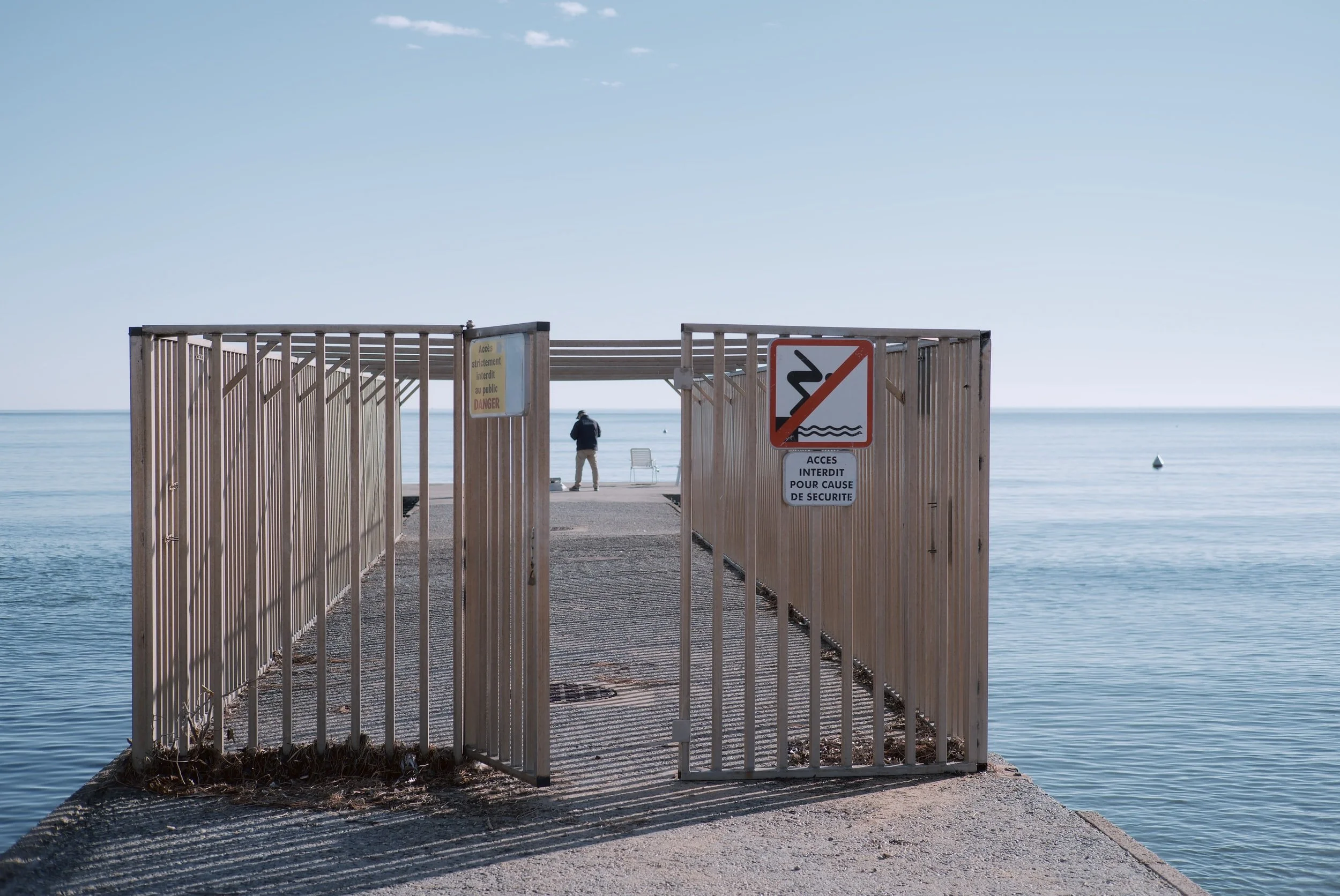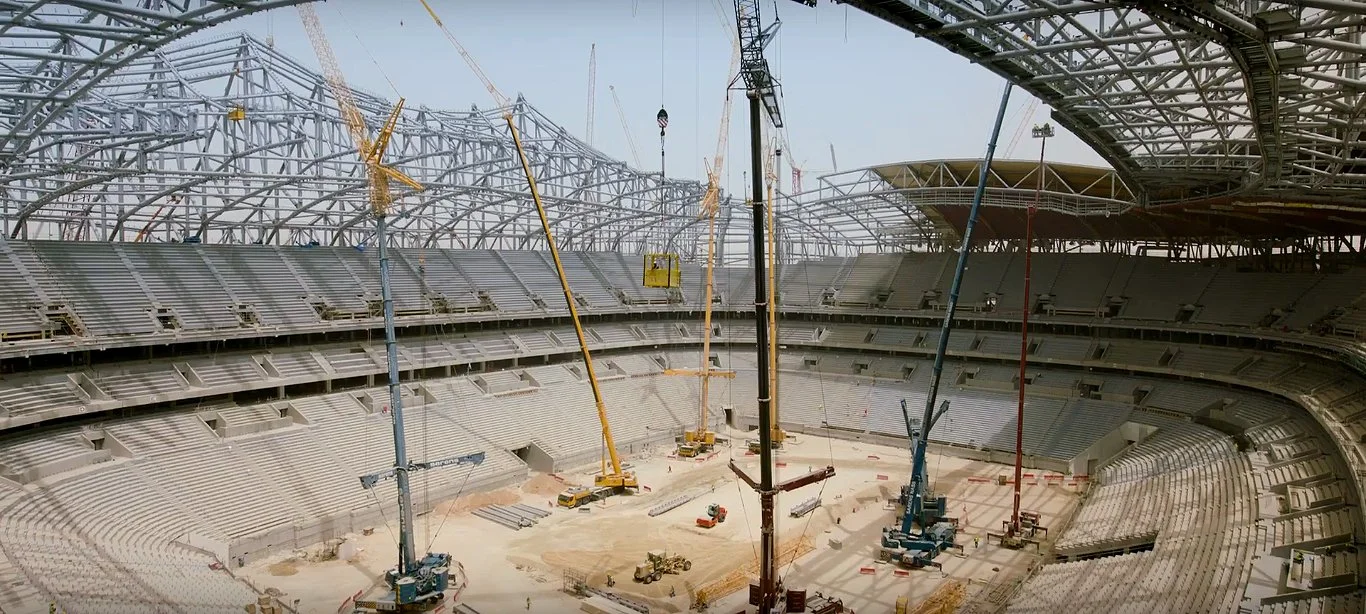Throughout the 2010s, the lakes in the region, which is Kenya’s portion of the Great Rift Valley, rose slowly, displacing tens of thousands of people. But in 2020 a particularly severe rainy season caused the flooding to accelerate. Lake Turkana, in the arid northern part of the country, actually swallowed a nearby lake altogether. Freshwater Lake Baringo, further south, flooded eight miles inland and moved dangerously close to a saltwater lake, which would have devastated wildlife in both, with an inevitable impact on the area’s tourism industry, largely centered around the saltwater lake’s famous flamingos. By some estimates, Baringo has risen at least 9 meters since 2013.
Ukrainian Refugee Crisis Offers Disturbing Insight for Future of Climate Refugees
It’s been one month since Russia invaded Ukraine, causing 3.5 million people to flee the country, an overwhelming majority heading west into the European Union (EU). As the smoke has cleared from the initial onset of the invasion, a picture has begun to emerge highlighting the either “unusually generous or overtly racist” stance taken by western media and the EU towards Ukrainian refugees in contrast to other non-Ukrainian refugees.
When those displaced by climate induced famine or conflict come from Africa, the Middle East or South Asia seeking refuge, can they expect such a warm reception from the EU and other wealthy nations as Ukrainian nationals have received? Sadly, refugee policy in Europe and other wealthy western nations have made it clear this is not the new status quo in handling refugees.
Advocates Push for Canada to Protect Climate Migrants
A group of Canadian lawyers have been advocating for small advances in Canadian immigration policy to accommodate the realities of climate impacts on human mobility. Like most countries, Canada does not recognize climate migrants under its current immigration law, but the Canadian Association of Refugee Lawyers points to past disasters – like the 2010 earthquake in Haiti and 2004 South East Asian tsunami - as example of times the government offered special directives to persons seeking refuge.
IPCC Warns of Climate Traps Among Refugees and Displaced Peoples
In Chapter 8: Poverty, Livelihoods, and Sustainable Development, the IPCC has a sub-section titled “Box 8.1: Climate Traps: A Focus on Refugees and Internally Displaced Peoples” where the authors highlight the extreme vulnerability refugees and internally displaced peoples have to climate change and how this cycle of multidimensional poverty perpetuates itself - what we might term ‘climate trap.’
The term ‘climate trap’ or ‘poverty trap’ as it is more commonly known, is a concept that is widely used by development practitioners or academics within the scope of development. ‘Poverty trap’ is the notion that poverty begets poverty. Take for example a family in a poor rural community in a developing country who grows crops for sustenance and possibly, livelihood. It is not uncommon for such families to be in dire situations economically that children aren’t able to attend school because even they must work in the fields for their families to survive. During my time in Mongolia, and now in Kyrgyzstan, I’ve seen many families forced into situations like this.
Latest IPCC Report Projects Climate Change Will Increase Migration Within Africa
“By 2030, about 250 million people may experience high water stress in Africa, with up to 700 million people displaced as a result.” Seven hundred million people. For context the entire population of Africa is 1.4 billion. That means by 2030 half the continent of Africa could be displaced as a result of climate change.
This dire warning of displacement comes at a time when many African nations are already witnessing record breaking droughts even today.
The World Cup of Climate Injustice
When the world’s best players take the field in November, they will be playing in stadiums that at least 6,500 migrant workers died to build. It is believed that the number could actually be much higher, Of the countries that sent a large number of migrant workers to Qatar, India, Pakistan, Nepal, Bangladesh and Sri Lanka are the only ones that actually kept track of how many of their citizens have died. Since 2010, an average of 12 people have died each week constructing the World Cup infrastructure from these five countries alone. Other countries with a large number of workers in Qatar, including The Philippines and Kenya, have not kept track of fatalities. On average nearly two workers have passed away daily, listed officially as ‘natural causes.







